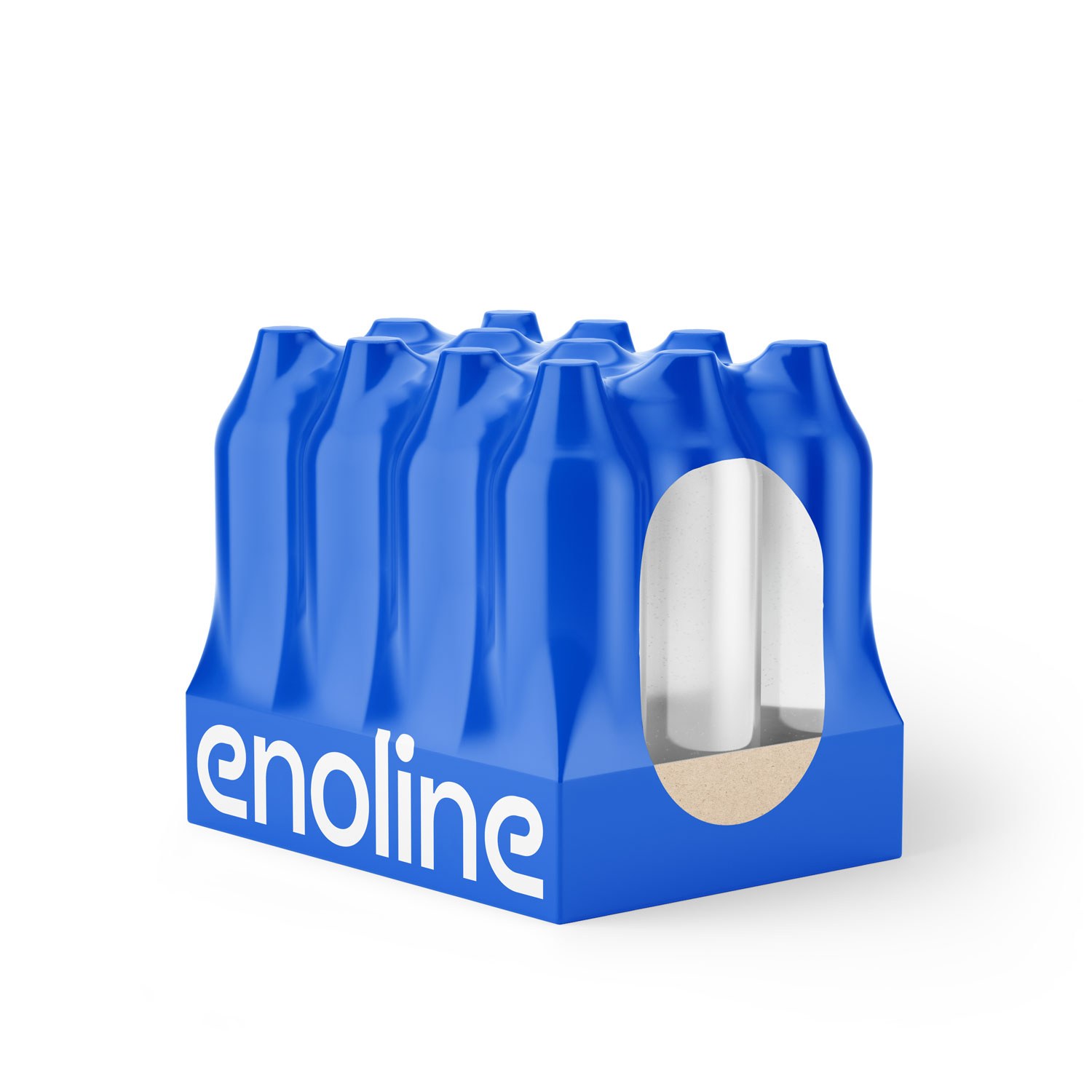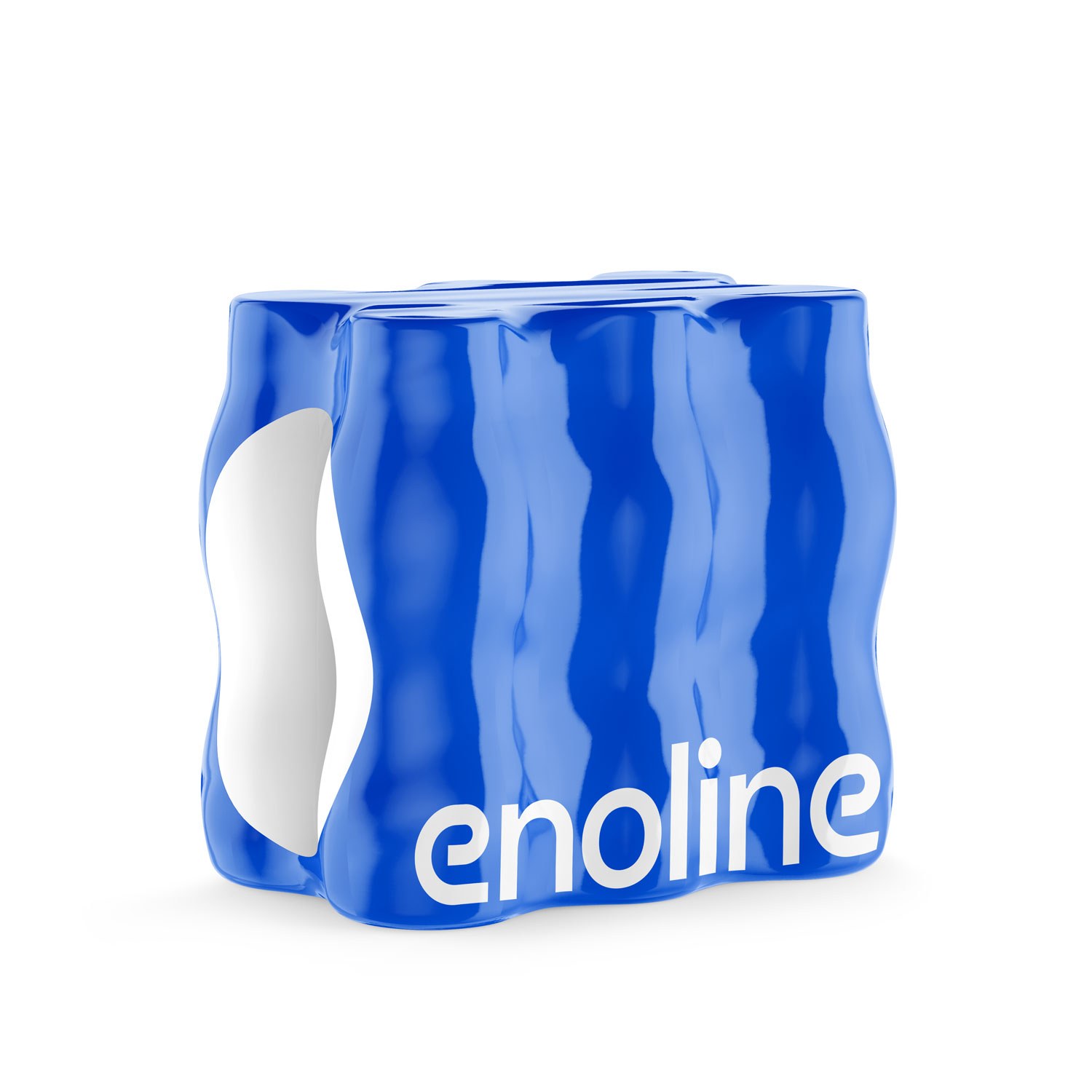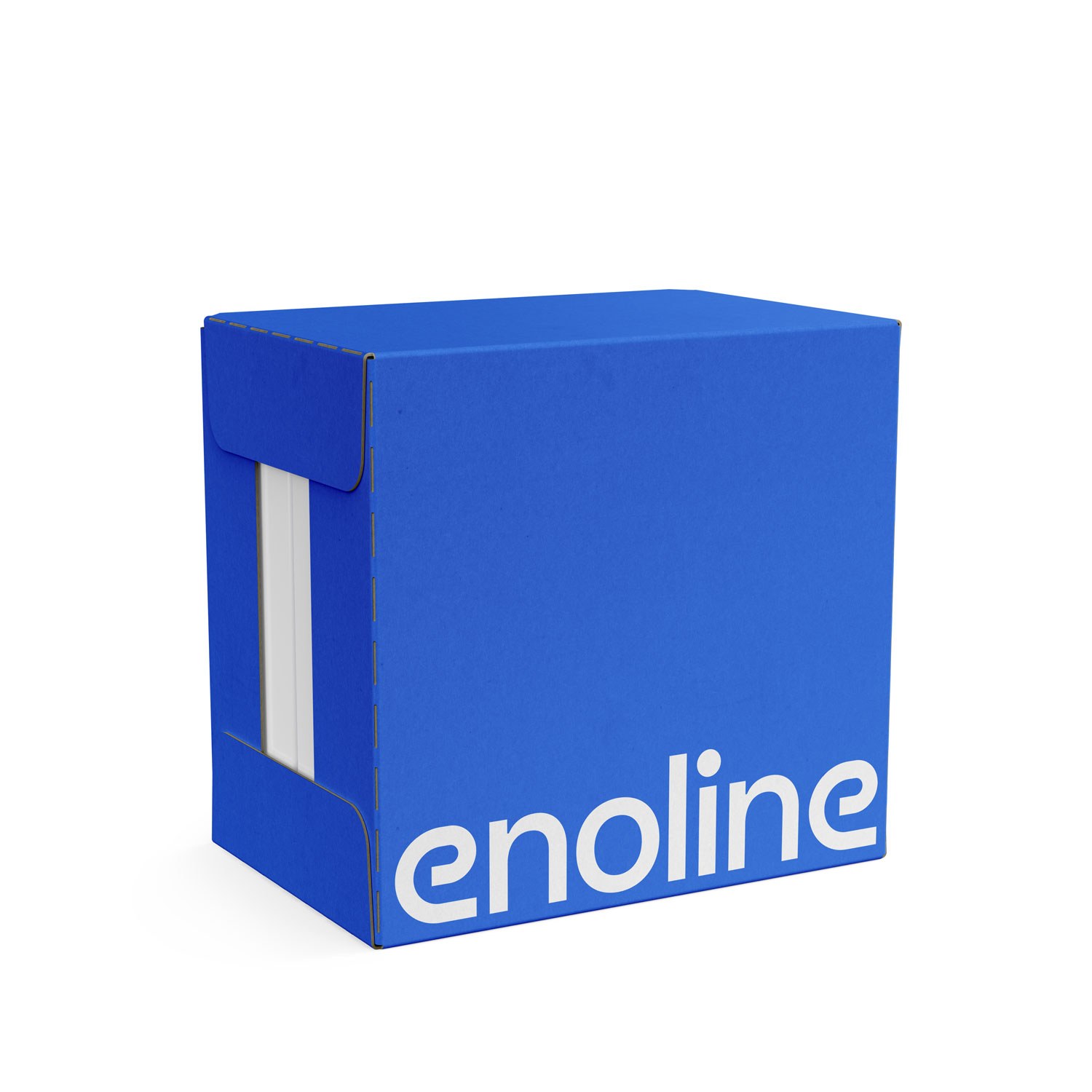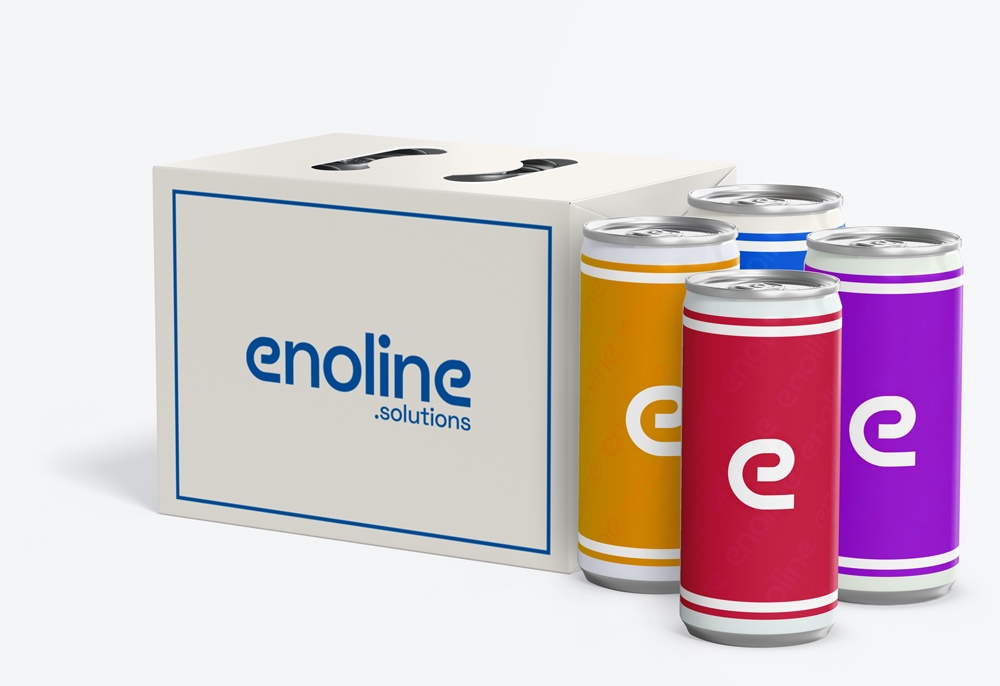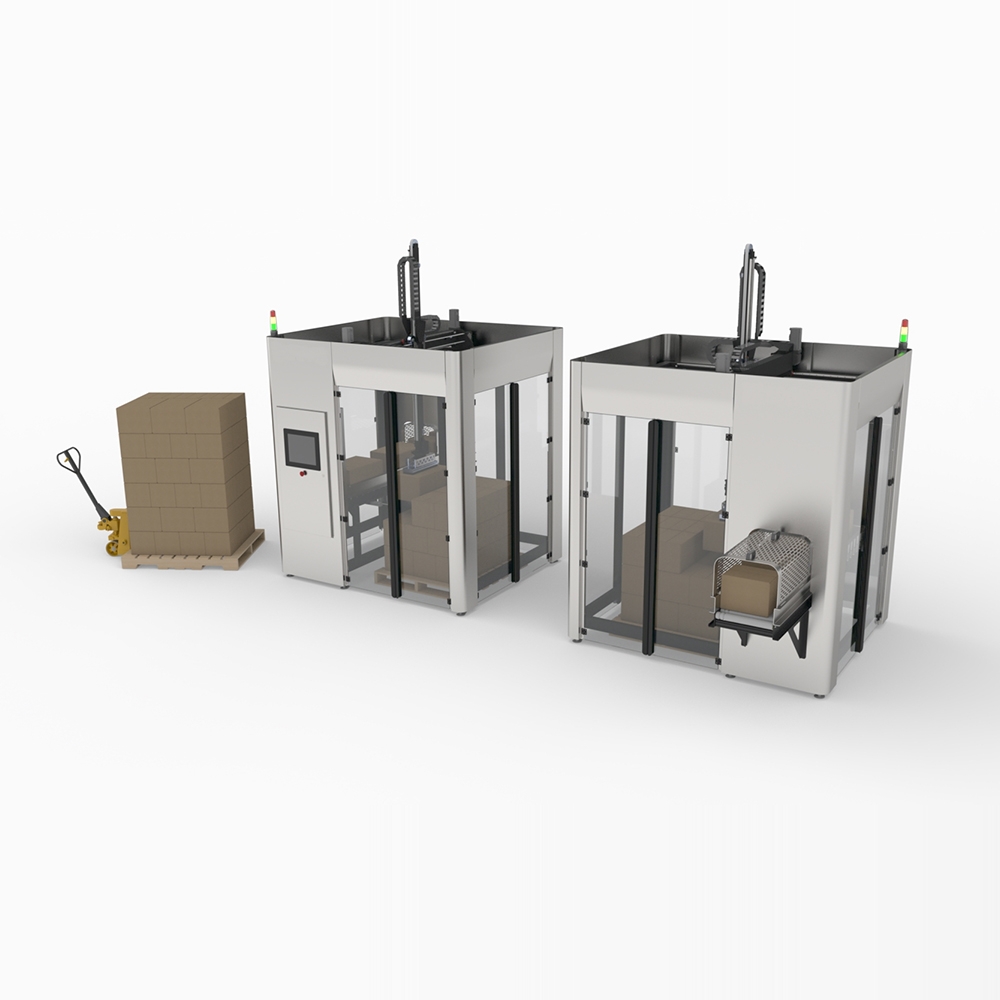September 18th
Automated Packaging Lines: Optimizing Efficiency and Productivity

With the evolution of industrial technologies, automated packaging lines have become an essential solution for companies seeking to optimize their production processes. Automated packaging lines offer several advantages such as cost reduction, productivity improvement, and consistent quality assurance. In this article, we will explore what automated packaging lines are, how they work, and why they are crucial for modern businesses.
What is an Automated Packaging Line?
1. Definition and Operation
An automated packaging line is a set of interconnected machines that automatically perform various steps of the packaging process, from product handling to palletizing. These machines work synchronously and are often controlled by computer systems to ensure a continuous and optimized flow of operations. The goal is to reduce human intervention, minimize errors, and increase the speed and efficiency of production.
2. Key Components
Automated packaging lines consist of several essential components:
- Conveyors: Transport products from one stage of the process to another.
- Packing Machines: Place products into boxes, bags, or other packaging types.
- Labeling Machines: Automatically apply labels on packages for product identification.
- Palletizing Machines: Stack and secure packages on pallets for transport.
Advantages of Automated Packaging Lines
1. Increased Productivity
Automated packaging lines can handle a high volume of products in a reduced time. Unlike manual operations where work pace can fluctuate, machines operate at a constant speed and can package thousands of products daily without fatigue. This allows businesses to increase production rates while effortlessly meeting demand spikes.
2. Reduced Operational Costs
Although the initial investment in an automated packaging line may be significant, the long-term savings are substantial. Machines lower labor costs, reduce losses due to human errors, and minimize material waste. Additionally, automated processes utilize resources more efficiently, which reduces energy and material consumption.
3. Improved Quality and Accuracy
Automated packaging machines ensure uniformity in the quality of the packaging. Common errors, such as incorrect labeling or improper sealing, are eliminated, ensuring that each product is correctly packaged before shipment. This increased accuracy translates to fewer product returns and improved customer satisfaction.
4. Flexibility
Modern packaging lines are designed to be flexible and can easily be adjusted to meet specific business needs. They can handle different types of products and packaging formats, making them particularly suited for industries such as food, cosmetics, and pharmaceuticals where product variety is common. This flexibility also allows quick product or packaging changeovers without halting the entire production line.
Applications of Automated Packaging Lines
1. Food and Beverage Industry
In the food and beverage industry, where speed and hygiene are paramount, automated packaging lines are used to package a wide range of products, from snacks to beverages to prepared meals. They ensure fast and safe packaging while adhering to strict food safety standards.
2. Cosmetics Industry
In the cosmetics industry, precision is essential to ensure that each product is packaged uniformly and attractively. Automated packaging lines allow for the rapid packaging of creams, lotions, perfumes, and other products into elegant containers while ensuring traceability through automatic labeling.
3. Pharmaceutical Industry
In the pharmaceutical industry, automating packaging lines is crucial to ensure compliance with strict regulatory standards. Medicines and medical devices must be packaged with extreme precision, and automated lines ensure that each product is properly sealed, labeled, and traced, reducing the risk of errors.
4. Logistics and E-commerce
In the e-commerce sector, where order volumes can be extremely high, automated packaging lines allow for the efficient and rapid processing of orders. They automate packaging, labeling, and even palletizing, ensuring that packages are ready for shipment in minimal time. This helps businesses meet tight delivery schedules while reducing labor costs.
Choosing the Right Automated Packaging Line
1. Production Needs
The choice of an automated packaging line depends primarily on the specific production needs of the company. It's important to determine production volume, the type of products to be packaged, and the packaging characteristics (size, material, etc.). These factors help in selecting a solution that fits your productivity goals.
2. Investment and Return on Investment
Although the initial cost of an automated packaging line may be high, it’s crucial to calculate the return on investment. Savings from reduced labor, improved quality, and fewer errors can quickly offset the investment. Additionally, many companies experience an increase in production capacity, leading to revenue growth.
3. Flexibility and Upgradability
Choose a packaging line that offers flexibility to accommodate changes in production needs or market developments. Some packaging lines can be upgraded or adapted to integrate new technologies, allowing you to stay competitive without needing to replace equipment entirely.
Conclusion
Automated packaging lines represent a major breakthrough for companies looking to improve efficiency, productivity, and profitability. With benefits such as reduced operational costs, improved packaging quality, and increased flexibility, these systems are an indispensable asset to industrial and commercial sectors. Whether in food, cosmetics, or e-commerce, adopting automation in packaging processes is a strategic decision for companies of all sizes.
Let us find the best packaging machine for your company !
